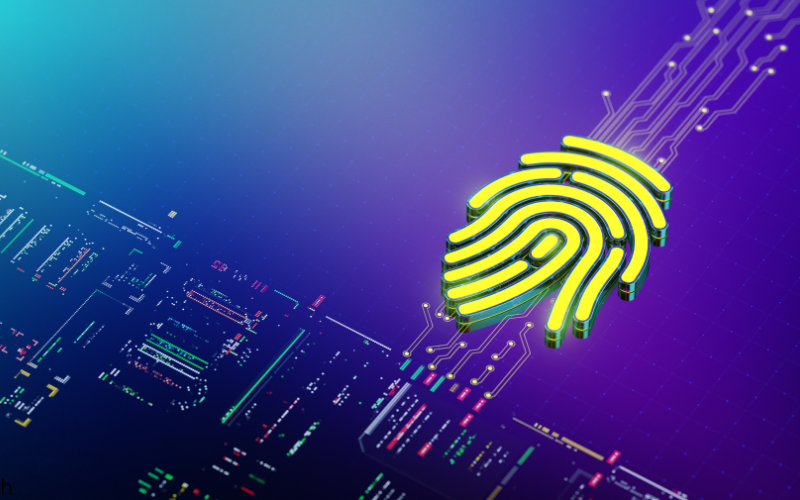
Company
8th May 2025
Biometric Access Control: Is It Right for Your Organization?
In today’s fast-paced digital world, security has become a top priority for organizations of all sizes. One of the most advanced and secure methods for protecting sensitive areas and data is biometric access control. But is it the right choice for your organization? This blog explores the benefits, potential drawbacks, and key considerations when implementing biometric access control systems.
What is Biometric Access Control?
Biometric access control is a security mechanism that uses unique biological traits—such as fingerprints, facial recognition, iris scans, voice patterns, or even palm veins—to grant or deny access to secured areas or information. Unlike traditional access methods like passwords or keycards, biometrics provide a highly secure and convenient way of ensuring that only authorized individuals can gain access.
Benefits of Biometric Access Control
- Enhanced Security: Biometrics are difficult to replicate, providing a higher level of security than traditional methods.
- Convenience: Users do not need to remember passwords or carry physical keys.
- Audit Trails: Access events can be tracked and logged for compliance and security purposes.
- Reduced Risk of Fraud: Since biometric data is unique to each individual, it significantly reduces the chances of unauthorized access.
Potential Drawbacks of Biometric Access Control
- Privacy Concerns: Collecting biometric data can raise privacy issues among users.
- Cost: Implementing biometric systems can be expensive, especially for small businesses.
- Technical Issues: System failures or misidentification can cause access problems.
- Data Security Risks: Storing biometric data requires strong cybersecurity measures to prevent breaches.
Key Considerations Before Implementation
- Data Privacy Compliance: Ensure that your biometric system complies with local data protection regulations.
- System Reliability: Choose a solution with a strong track record for accuracy and uptime.
- User Education: Educate employees about how biometric data will be used and secured.
- Secure Storage: Implement robust encryption and access control for stored biometric data.
Biometric access control can provide a significant security boost for organizations, but it is not a one-size-fits-all solution. Carefully consider your organization’s security needs, budget, and compliance requirements before making a decision. By doing so, you can ensure a secure and efficient access control system that suits your needs.
